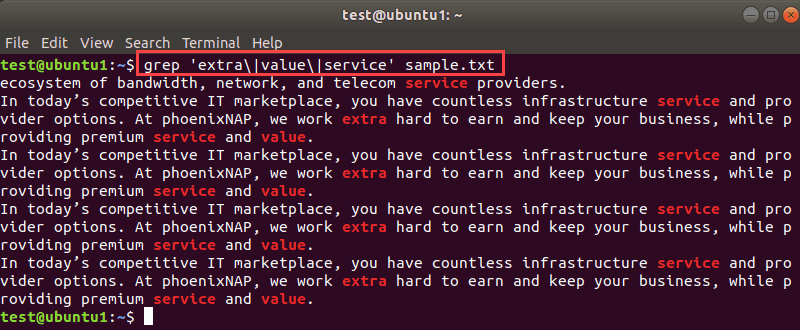


The first argument, path, is the directory in which we will search recursively. This is how one should use this script./sniff.py path pattern_to_search I wrote a Python script which does something similar.

in the find specifies from the current directory. type f \( -name "*.pas" -o -name "*.dfm" \) -print0 | xargs -null grep -with-filename -line-number -no-messages -color -ignore-case "searchtext" type f -name "*.*" -print0 | xargs -null grep -with-filename -line-number -no-messages -color -ignore-case "searthtext"Īnd if you have an idea what the file type is you can narrow your search down by specifying file type extensions to search for, in this case. "/home" depending where you actually want to search.Įxpanding the grep a bit to give more information in the output, for example, to get the line number in the file where the text is can be done as follows: find. So in the examples above, you'd better replace ' /' by a sub-directory name, e.g. Warning: unless you really can't avoid it, don't search from '/' (the root directory) to avoid a long and inefficient search! Note: You can add 2>/dev/null to these commands as well, to hide many error messages. The Silver Searcher: ag 'text-to-find-here' / -l RipGrep - fastest search tool around: rg 'text-to-find-here' / -l Better try them, provided they're available on your platform, of course: Faster and easier alternatives The find command is often combined with xargs, by the way.įaster and easier tools exist for the same purpose - see below. \ 2>/dev/nullįind is the standard tool for searching files - combined with grep when looking for specific text - on Unix-like platforms. This will only search through those files which have. -e is the pattern used during the searchĪlong with these, -exclude, -include, -exclude-dir flags could be used for efficient searching:.-l (lower-case L) can be added to just give the file name of matching files.
#Grep for multiple strings manual#
Within this tutorial, we include several teachings of the Kali-Linux manual for the grep command.Do the following: grep -rnw '/path/to/somewhere/' -e 'pattern' The “man” command in Linux allows a user to view all instructions and applications for a specific command. Let’s begin! GREP MANUALĪs usual, when first getting acquainted with using a tool on Kali-Linux, it is always a good idea to consult the manual for that command to learn a little more about it. In this tutorial, we will be demonstrating a few essential grep commands that can be performed on any Linux or Unix system. On another occasion, grep can also be a method for hackers to analyze a target’s contents, such as searching for specific keywords to lead to further private information. The grep command can be used to solve this challenge. For example: In many Capture The Flag (CTF) competitions, it is usually a challenge to have to search for a “flag” or string of hidden text within a large text file. Besides searching for text or files for the sake of searching, grep can be used to perform important tasks for ethical hacking. Grep stands for “global regular expression print” and was created in 1974 as an original tool for Unix OS by computer scientist, Ken Thompson. By searching for a specific pattern with grep, this will cause any matching pattern to be printed as an output to the command line. Grep is a command line Linux tool that is used to search for text or files based on matching patterns. To begin, we will officially define what the grep tool is: WHAT IS GREP & WHAT ARE ITS APPLICATIONS? In many instances, grep is a basic command to know for getting the most use out of a Linux or Unix system, but its applications to ethical hacking are limitless.
#Grep for multiple strings how to#
Article also published on blog Silicon AI & Cybersecurity "Grep Commands Kali-Linux Tutorial" INTRODUCTIONĪmong the many useful Kali-Linux tools to know how to use, grep is important for searching for certain text or files.


 0 kommentar(er)
0 kommentar(er)
